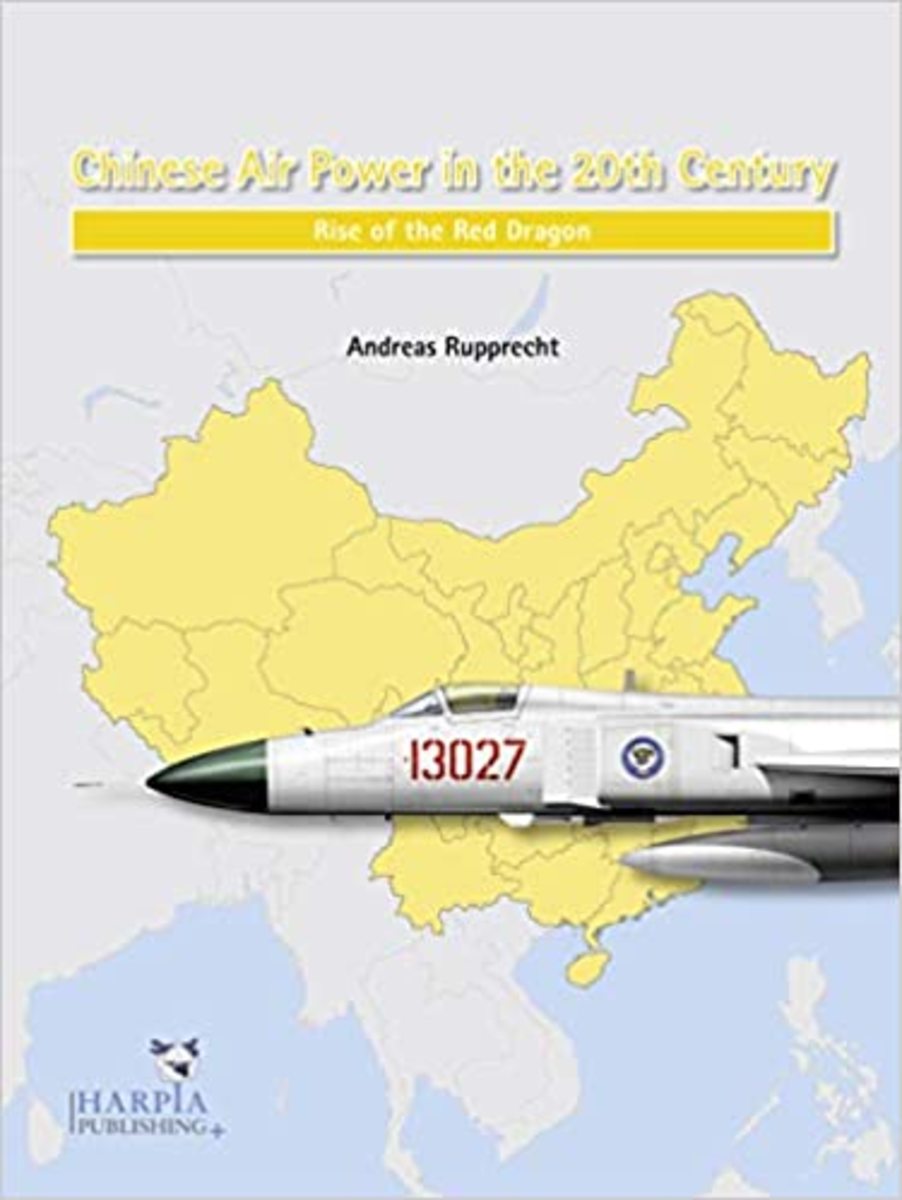KRIS OSBORN
Decades ago, many observers, analysts and Pentagon threat assessment experts may not have anticipated that the fledgling Chinese Air Force would be emerging as the threat it is today. Certainly China’s rapid modernization effort and growing global ambitions have been rising in an explosive way, compelling the US to strengthen and accelerate its modernization and science and technology efforts. Sure enough, today the People’s Liberation Army Air Force, PLAAF, operates an impactful number of 5th-generation equivalents such as its J-20, which may or may not be little more than an F-35-F-22 copycat.
Nonetheless, the full extent of the threat posed by the J-20 may not yet be known, and of course China is amid early stages of developing its carrier-launched 5th-gen equivalent in its J-31. Even if the PLAAF does not now rival the ability, size and scope of the US Air Force, its explosive progress cannot be ignored, a trend cataloged in great detail by an interesting 2019 text called “Chinese Air Power in the 20th-Century. The Rise of the Red Dragon.”

Book by Andreas Rupprecht
Written by Andreas Rupprecht, the book includes a detailed history of Chinese strategic and technological thinking, while exploring relevant political and cultural nuances as well. Going back decades, Rupprecht traces the trajectory of PLAAF modernization and strategic thinking, offering in depth research on technical specifics built into specific air frames. Certainly China’s often discussed Military-Civil fusion, current rate of weapons and platform production and growing expansionist ambitions have radically altered the global threat equation. The text presents an interesting and relevant blend of history, technology, politics and strategic thinking, offering a unique window into how the PLAAF came to exist roughly 70-years ago and mature into the threat it presents today. Rupprecht catalogs the trajectory of the PLAAF beginning as far back as what he describes as the post WWII-advent of China’s aviation industry and tracing development well into the modern era. The research outlined in the text is greatly fortified by an additional research book published in 2022 by Rupprecht called “Red Dragon Flankers.” This text, also by Harpia publishing, seems to lend additional detail, research and technological specifics of great relevance to the Chinese force as outlined in his initial 2019 text.
Rupprecht's research seems to occupy a unique space in that it explores the complex intersection between PRC politics, industry and technological development, often identifying pertinent areas of influence and development. Certainly elements of the PRC's cultural and political sphere have impacted technological and strategic thinking, generating a particular, if not highly complex, blend of PLAAF variables.
There are certainly many remaining questions regarding the actual or full extent of the threat posed by the PLAAF, as it may pertain to lesser known variables such as mission-systems, computer processing, AI-enabled sensing, networking capacity and weapons range and guidance data. Anyone seeking to further understand the many interwoven forces, trends and variables informing the existing PLAAF threat, and its expected movement in coming years, would indeed be well served to study Rupprecht’s extensively researched, detailed and elaborate texts.
No comments:
Post a Comment